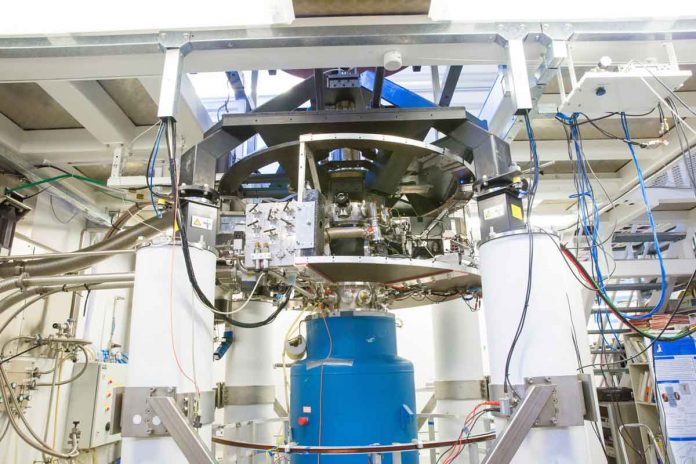In an experiment that appears to defy physics, scientists have built the first “time-crystal” two-body system. It follows the discovery by the same team of the first interaction of the new phase of matter.
Because they are made up of atoms in constant motion, time crystals were thought to be impossible for a long time. The discovery, which was published in Nature Communications, demonstrates that time crystals can not only be made, but also that they have the potential to be transformed into useful devices.
A time crystal differs from a conventional crystal, which is made up of atoms arranged in a regularly repeating pattern in space and is found in metals or rocks.
Time crystals, first proposed by Nobel Laureate Frank Wilczek in 2012 and discovered in 2016, have the strange attribute of being in constant, repeating motion in time despite no external input. Their atoms are constantly oscillating, whirling, or travelling in one way before moving in the opposite direction.
Lead author and EPSRC Fellow Dr. Samuli Autti of Lancaster University’s Department of Physics explained: “Perpetual motion machines are unthinkable, as everyone knows. In quantum physics, however, eternal motion is OK as long as our eyes are closed. We can produce time crystals by sneaking through this crack.”
“Even though time crystals should not exist in the first place, it turns out that combining two of them works well. They also exist at normal temperature, as we well know.”
A quantum computer’s essential building element is a “two-level system.” Time crystals could be utilised to create room-temperature quantum electronics.
Researchers from Lancaster University, Royal Holloway University of London, Landau Institute, and Aalto University in Helsinki used Helium-3, a rare isotope of helium with one missing neutron, to examine time crystals. The experiment was carried out at the University of Aalto in Finland.
They cooled superfluid helium-3 to a temperature of one tenth of a degree below absolute zero (0.0001 K or -273.15 C). Inside the superfluid, the researchers generated two-time crystals and brought them together. The scientists then observed the two-time crystals interacting as quantum theory predicted.

